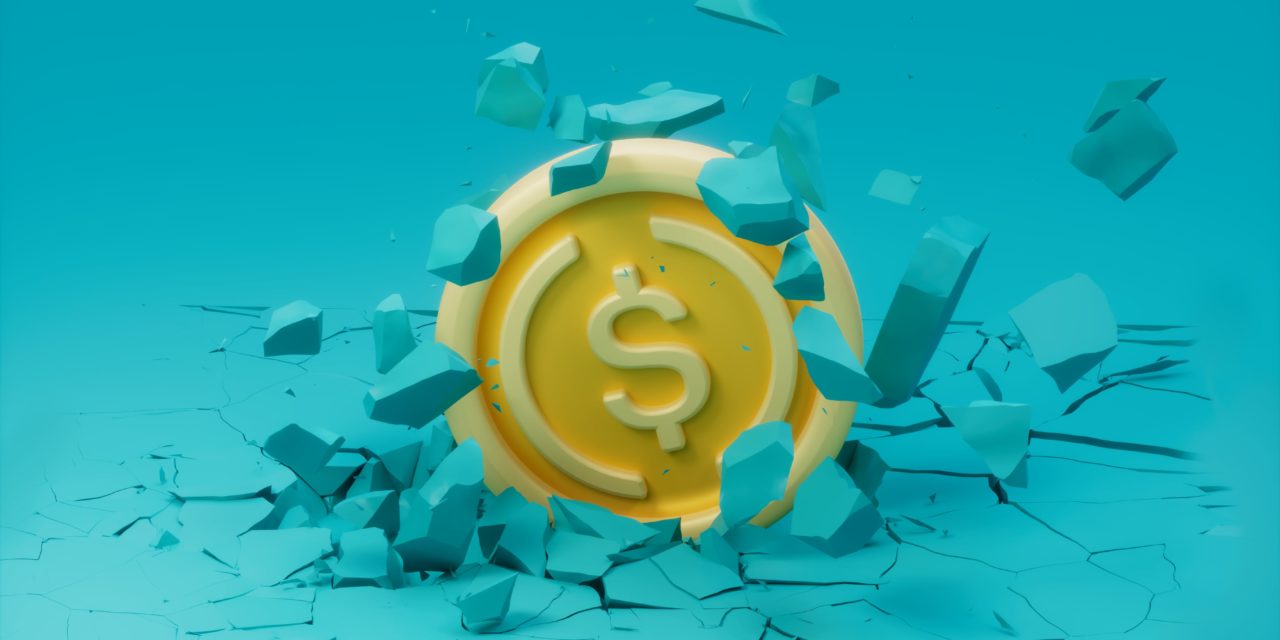Tether (USDT) has come under fire for being secretive about the assets in its reserve
Tether (USDT) is having a hard time in the crypto world as the asset is losing the trader’s confidence. Ever since the liquidity crisis had made huge rounds in the recent past, stablecoin has witnessed a drastic drop in activity. On the other hand, another stablecoin, the USD Coin (USDC) quickly entered the top 10 and is on the verge to surpass USDT anytime from now.
Tether has come under fire for being secretive about the assets in its reserve, and it only published its first reserve breakdown in May 2021. As a result, investors rushed to exchange their Tether for Circle’s USDC. This happened because USDC had already been audited and was fully backed by cash and US Treasuries.
Circle also operates as a money transfer service. It is registered with FinCEN as well as 46 other state regulators in the United States. Grant Thornton, a leading global accounting firm, audits Circle. As a result, by money transmission laws, the firm reports its reserves to the authorities.
During times of extreme market volatility, the USDT has a history of falling below or above its $1 peg, though this was more pronounced in its early days. Tether’s chief technical officer, Paolo Ardoino, announced in June that the stablecoin platform will have its reserves fully audited by one of the top 12 accounting firms. However, if current trends continue, Tether’s dominance in the stablecoin space may come to an end.
A potentially far more ominous development came Wednesday afternoon when Coinbase announced that the platform will be “unifying USD and USDC order books.” The announcement added that “USDC order books will be merged under USD order books to create a better, more seamless trading experience with deeper liquidity for USD and USDC.” USDC (aka USD Coin) is the stablecoin issued by Circle, a representative from Circle clarified to CoinGeek.










